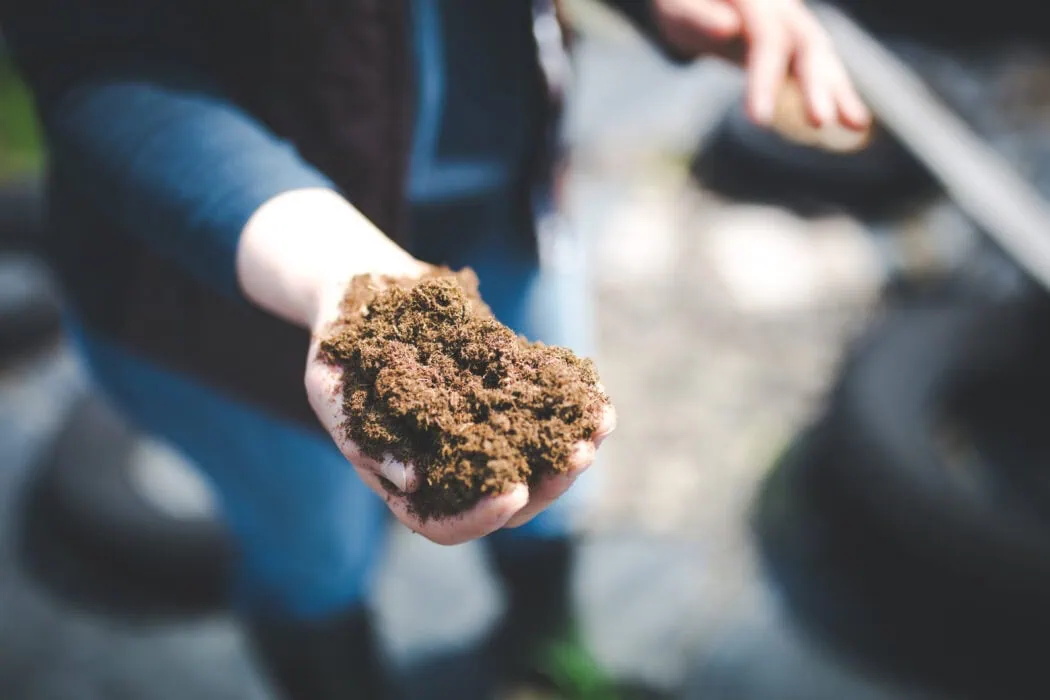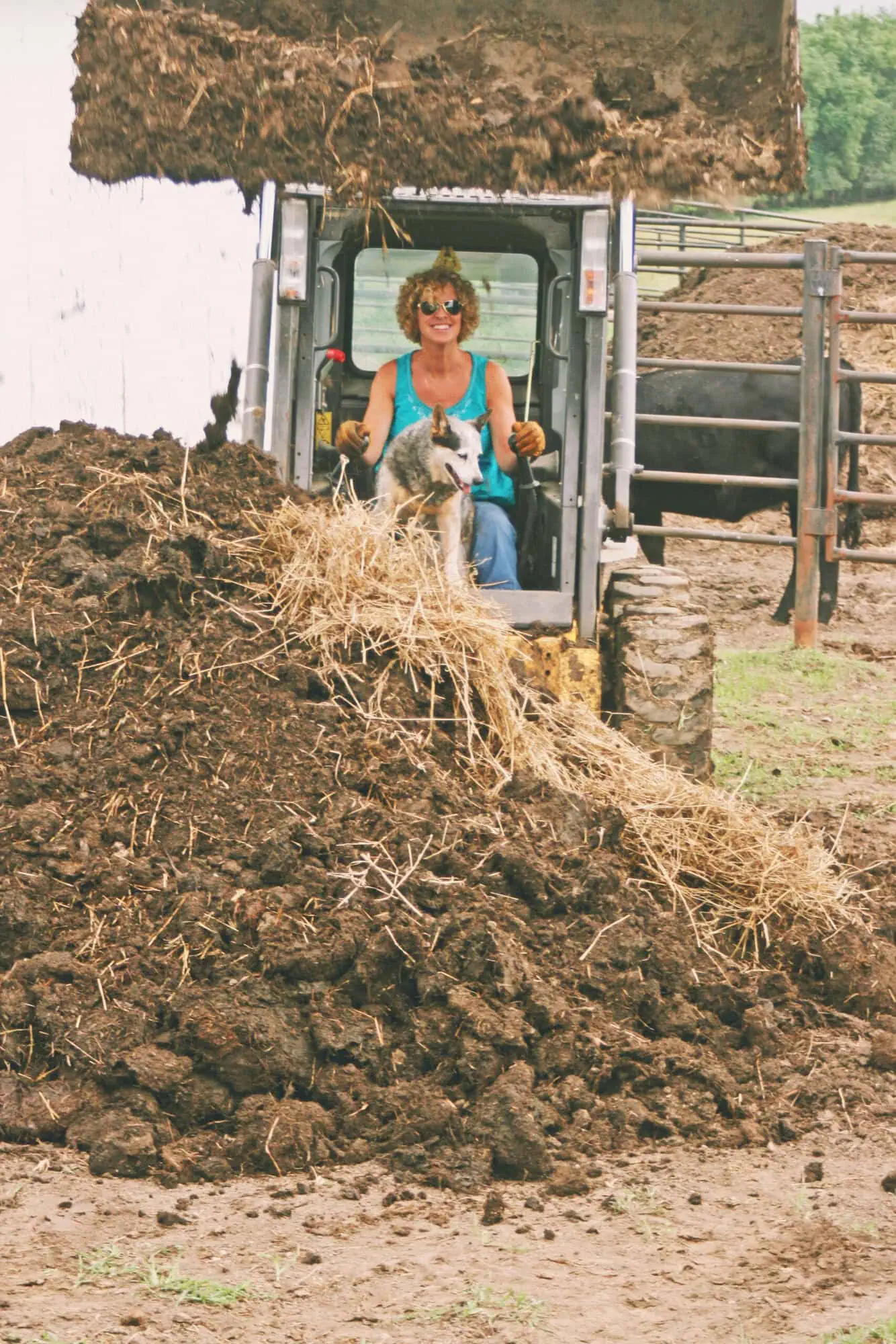Let’s be honest—there are a lot of things we deal with on the farm that aren’t exactly glamorous. Manure pits? Definitely on that list. But they’re also one of the most dangerous places on any operation.
The gases that build up in and around manure storage can knock you out—or worse—in seconds. That’s why it’s so important we know how to protect ourselves, our families, and anyone working alongside us.
We love this life. And that means protecting it. Manure pits may not be top of mind every day, but when you do work near them, slow down and make safety part of the plan—because you are the most valuable thing in your operation.
Thanks to some solid resources from Nationwide Agribusiness, here are five quick things every FarmHER + RanchHER should know about Manure Pit Safety:
1. Understand the Pitfalls of Manure Pits
Manure gases like hydrogen sulfide and methane can build up fast—and they’re invisible. You can’t smell them at dangerous levels, and they can overwhelm you before you even know what’s happening.
Watch Out: Jobs That Come With Extra Risk
Certain tasks around manure storage are riskier than others. If these are on your chore list, be extra cautious:
- Agitating or pumping manure: This releases dangerous gases that can rapidly fill the air. Turn on your fans, double-check they’re working, and never enter a barn or building during agitation.
- Foaming pits: If you ever notice foam across the top of the manure, stay back. That foam can trap methane, and when it bursts, gas concentrations can spike dangerously high—even causing explosions. Let it settle, and don’t work around it until it’s gone.
- Gypsum bedding inspections: Gypsum is great for cow comfort, but it can release hydrogen sulfide when it breaks down. Before doing maintenance or clean-up, give it a good inspection and plenty of ventilation.

2. Ventilation is Everything
Before you agitate or pump, get that air moving—fans, windows, whatever you have. Never assume the space is safe just because it “looks fine.”
3. Test the Air
Confined spaces need testing before you or anyone else goes in. A handheld gas monitor can tell you if the air’s safe—or not. These tools aren’t just for big operations. They’re for all of us.

FarmHER Amanda Freund of Freund Family Farms transforms their dairy cattle’s manure into biodegradable planters called “CowPots” that they use and sell in their horticulture business.

4. Don’t Go in Alone—Ever.
No chore is worth your life. Period. If someone has to go into inspect a manure pit, they need:
- A harness and the correct PPE.
- Someone watching from outside
- A rescue plan ready to go

5. Make a Safety Plan + Find Resources
You’ve got a plan for planting, calving, and harvest—so why not for manure safety too? Take a little time to write out a simple manure pit safety plan that covers everyday work and what to do if something goes wrong. This doesn’t need to be fancy. Just clear, practical, and shared with anyone working around the pit. Here are some key points to include in your safety plan:
- ALWAYS work with a buddy—someone needs to be nearby to monitor and help if something goes wrong.
- Ensure you know how to run pumps and engines safely—and that all users are adequately trained.
- Keep PPE (like masks, gloves, and harnesses) in an easy-to-reach spot—not buried in a shed.
- Walk through the plan with anyone who works near your manure storage—even just seasonally.
- Maintain your equipment and fans regularly—and perform any necessary repairs from outside the pit whenever possible.
Need help building your plan? Nationwide offers free safety templates, or you can connect with your local Extension agent or a Farm Certified Nationwide agent. They have also partnered with the National Education Center for Agricultural Safety (NECAS) to provide Manure Pit Safety & Rescue Training for first responders, farmers, ranchers, and others to help keep ag workers and their families safe. If you are interested in learning more, fill out this form:
Bottom line? Your life and your legacy are worth protecting. Let’s make sure everyone gets home safely at the end of the day.
Everybody Eats
At the heart of every meal is a story—a tale of dedication, nurture, and the enduring spirit of those who tend the land. Everybody Eats is the place where the narratives of food and agriculture converge. In partnership with FarmHer, we meet courageous women who embody not just the power of nurturing but also the strength of leading in transforming our food systems. They are the unsung heroes, educators, and compassionate souls who have relentless commitment and extraordinary care embedded in cultivating our food. Feed your curiosity, nourish your understanding, and grow your appreciation for the stewards who make sure that Everybody Eats.
Nationwide, a leading provider in farm and ranch insurance, acknowledges that more than half of all farming operations in the United States have at least one female operator. These women constitute the fastest-growing segment of farmers and are known for their innovative approaches. Given the current challenging circumstances, it is critical to assess your insurance coverages and financial services to ensure comprehensive protection and stability for your farm or ranch operations. Find a Nationwide Agent.

